A review of Designed for the Future: 80 Practical Ideas for a Sustainable World, Edited by Jared Green. 2015. ISBN: 161689300. Princeton Architectural Press. 176 pages. Buy the book.
In the last several years our culture has taken a dystopian turn. Movies broadcasting bleak futures, such as The Hunger Games series and Snowpiercer, have enjoyed box office success. More darkly, movements advocating self- sufficiency, like preppers, have moved out of the fringe and into the mainstream.
At its best, this book brings together small projects centered on community-level planning and the informal. While focusing on the practical, it posits the need for thinking big again.
We are, it seems, more than ready to accept cataclysmic climate change and social unraveling as inevitable—one only needs to figure out where to stash the gold and guns. This is in stark contrast to decades past, when confidence and a can-do spirit were the norm. How did we move to a culture of apocalyptic expectation? Where’s the hope to be found in a world marked by migration, strife, and ecological distress?
It turns out that not everyone is going to roll over and accept the worst as our lot. Designed for the Future, an edited collection of micro-interviews compiled by Jared Green, looks for bright spots in a gloomy sky. Green, a journalist focused on design and urbanism, asked prominents in the field what we can do to bring forth a better future.
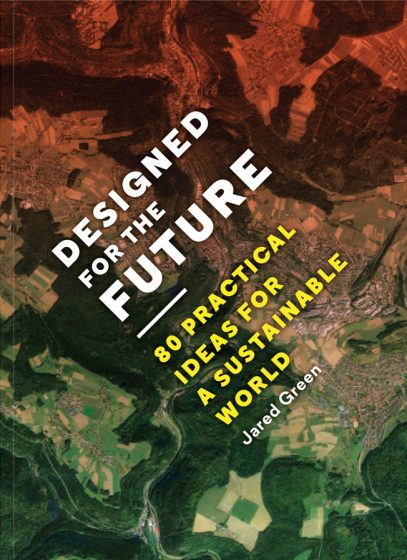 The author begins by taking us through his process: he located people with stature in the fields of policy, planning, and architecture (just to name a few), and asked them to identify a project (not their own) that gives them hope for the years that lie ahead. These segments read, at times, like program notes for the Aspen Ideas Festival. The anecdotes are fragmentary—like something overheard at a dinner party—but they are also relatively direct, theory-less, and straightforward: use green spaces to capture stormwater, build hospitals with gardens, transform industrial wastelands into parks, build libraries in poor areas, and the list goes on…
The author begins by taking us through his process: he located people with stature in the fields of policy, planning, and architecture (just to name a few), and asked them to identify a project (not their own) that gives them hope for the years that lie ahead. These segments read, at times, like program notes for the Aspen Ideas Festival. The anecdotes are fragmentary—like something overheard at a dinner party—but they are also relatively direct, theory-less, and straightforward: use green spaces to capture stormwater, build hospitals with gardens, transform industrial wastelands into parks, build libraries in poor areas, and the list goes on…
If the book’s cheerful eco-urbanism starts to feel grating, it also reminds us of how damn cynical we have become (myself included). This transformation seems to have happened almost overnight. Solutions-talk has become outré; instead, we prefer to move quickly from outrage to apathy. In the design world, we often put on an haute snark, pointing at problems while doing very little to ameliorate them. Much of our architectural and visual culture encourages this, and it ist a relief to see practitioners showcased in this book who still insist on envisioning workable solutions to today’s most pressing problems.
These practical interventions, as the title suggests, are mostly modest in scale and eminently do-able. They aim to: create play spaces with recycled materials, incorporate agriculture into our urban fabric, and liberate parking spaces for human—not car—use. These are things being done by progressive planners, landscape architects, urban designers, and others with very little money and a whole lot of love. These projects deserve to be amplified and more widely adopted. Hopefully, books like Designed for the Future will encourage the shapers of the built environment to see the potential in ground-up projects that take sustainability and community needs as the their starting points.
The book is especially good when it takes on landscape architecture and the power of demonstration in city-building. The High Line is a great example of what designers can do. This elevated railbed was once a route for moving animals to meatpacking warehouses on Manhattan’s West Side. Long disused—it was at one point slated for demolition—the structure was converted to a linear urban park starting in the early 2000s. Jeff Shumaker, the chief urban designer for New York City’s Department of City Planning, notes that what today seems so natural a choice was anything but a sure thing. That the project has been wildly successful, or that it has become an engine for luxury development sprouting up around it, should not count as a strikes against it. Future gentrification isn’t a reason not to build nice things. Designers need to be sensitive to the needs of communities, and the botched history of grand projects, but they also need to have an aesthetic vision.

Nor can designers do it alone:, they need policy and politicians to support them, and projects—even the best designed—need vigilant maintenance and stewardship (as the High Line has shown). That takes both time and money. What separates design and architecture from art is that it must engage with the crude forces of capital and the whims of politics to get projects built and then taken care of over time. In assessing Olmsted’s Central Park for the book, Naomi Sachs—founder of the Therapeutic Landscapes Network, aptly notes that the 778-acre park has existed for over 150 years. That it has remained in a city obsessed with renewal illustrates that it has become equally beloved by succeeding generations of New Yorkers. This reminds us that when we create projects, we must imagine a future public, and make sure that subsequent generations will fall in love with the places and things we create. Somewhere down the road, we hope all of the decisions we’ve made will appear manifestly necessary.
Using design as a lens for imagining our future does come with some built-in problems. Too many of the people interviewed see design as an inherently good thing—it slices through bureaucracy, it saves the day, it spans jurisdictional boundaries and unifies all! Sadly, design isn’t our white knight. It’s a way of looking at the world, and it can be good and bad. There is some implied violence in design processes. Designers are not always in it for the betterment of the world. Even when projects have good intentions—like urban renewal plans built on utopian aims—they can trigger disastrous effects. MoMA curator Paola Antonelli’s Design and Violence project, a compendium of objects and ideas that manifest power in subtle and overt ways, clearly shows this. Included in the collection one finds: Mikhail Kalashnikov’s groundbreaking automatic rifle, border walls, computer viruses, and arcade games. Designed for the Future fails to acknowledge design’s ugly side, and in so doing loses a great deal of perspective. This is a clear blind spot.
The worst fear, then, is that our best designs will also prove our most ill-considered. T.S. Eliot quipped that “most of the evil in this world is done by people with good intentions”. This is still up for debate, but stories of best laid plans gone awry are all too familiar. Snowpiercer, the 2013 South Korean science fiction film, offers up a vision of a bleak and frozen planet caused by geoengineering gone wrongbad. Instead of fixing global warming, the ‘hack’ renders the earth’s crust an arctic tundra. The confident promise of creative solutions is perhaps not just cause for hope, but for a little well-founded fear, too. When we consider design, the future, and envelope-pushing ideas, we also need to address the real concerns that spring up when we talk about altering our built environment and modifying our natural world. The fear isn’t just that we will get something totally wrong, but also that we will only get things partly right, that we might craft a positive future, but only for a limited number of people.
Dystopian futures often have “saved spaces”—oases in the wreckage. In Octavia E. Butler’s Parable novels, these spaces are Earthseed, a string of egalitarian multi-racial communities set against the backdrop of an unraveling America ruled by a dystopic president (whose motto is, incidentally, “Make America Great Again”). In The Hunger Games novels, the haven is District 13, an underground labyrinth from which a new, benevolent society will be brought forth. Both spaces have limited membership, and they are geographically and financially constrained to a lucky few. Today, many may feel that a better world is being made—but not for them.
Some of the ideas in Green’s book suggest how to scale the benefits previously available only to the select few so that they are available to a great many more. Nicolas Buchoud, of Renaissance Urbaine in France, looks at ways to extend the good living of central Paris to the suburban banlieues through a regional plan; Lester Brown, founder of the Earth Policy Institute, looks at how the U.S. and China can develop wind energy projects together; and Maria Aiolova refreshes Buckminster Fuller’s Dymaxion Map to imagine a global flow of thermal energy.


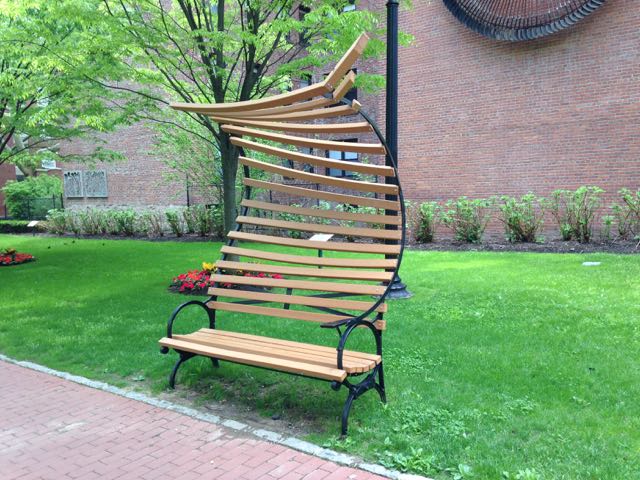
These are big ideas that aim to change the lives of millions of people, and there is certainly the possibility that design could overstep. In North America, failed mega investments in urban renewal, suburban roadways, and water-intensive agriculture have soured citizens to large-scale intervention in the built environment and, more broadly, the role of “big government.” These attitudes have implications for the design professions—with their implied arrogance and structural violence—and for the role of government in shaping the physical world of its citizens. But will timidity address the very real and urgent problems we’ve been saddled with? This is something I found myself turning over when reading Green’s book: how do we press forward, temperately? Can we design with self-awareness, a grounding in social justice, and a healthy dose of skepticism?
Faced with a looming ecological collapse and humanitarian crises left and right, don’t we need big, new ideas? At its best, this book brings together small projects centered on community-level planning and the informal, with bigger currents and some fabulously out-there ideas managinge to sneak themselves in. While focusing on the practical, it posits the need for thinking big again.
Sam Holleran
New York City


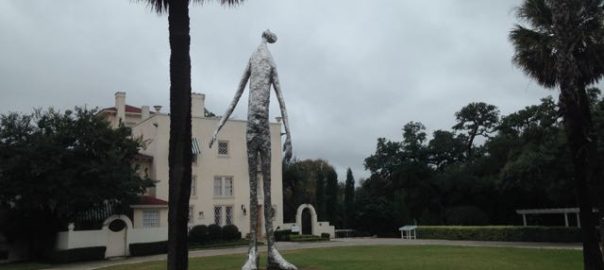
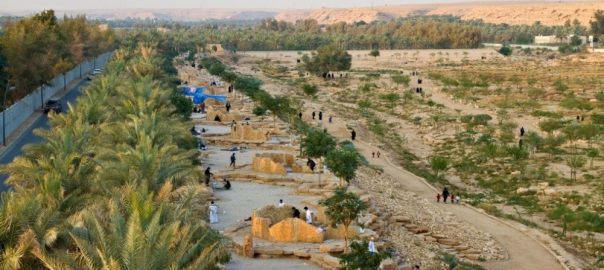
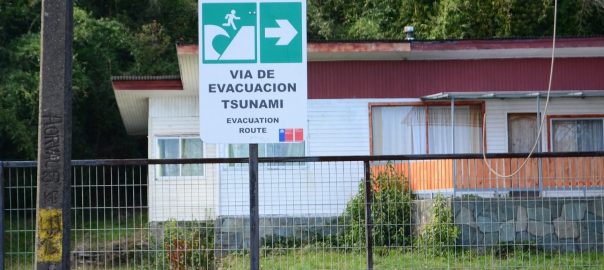


Leave a Reply